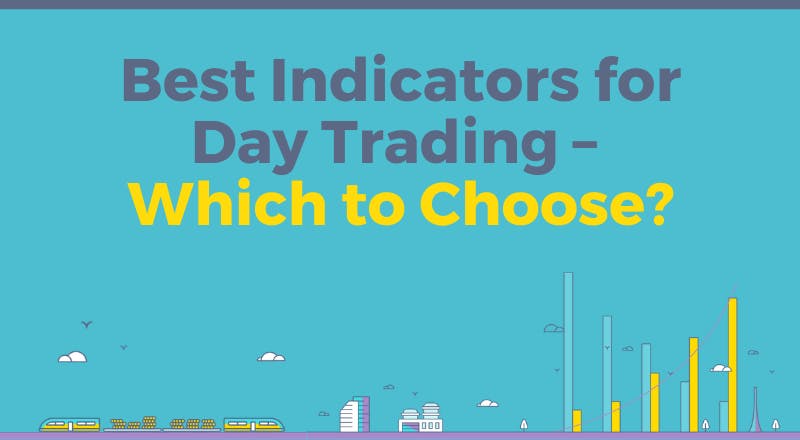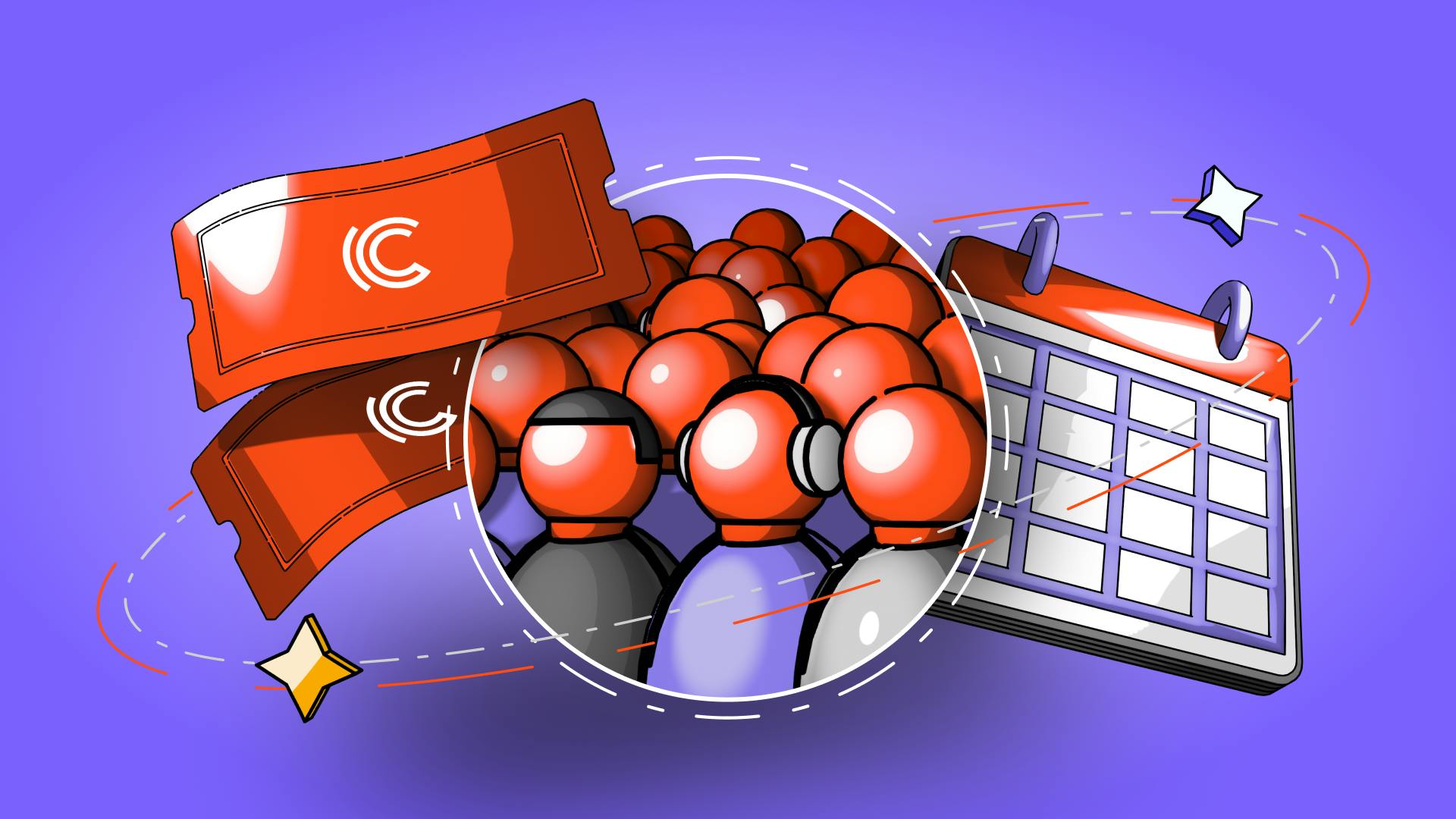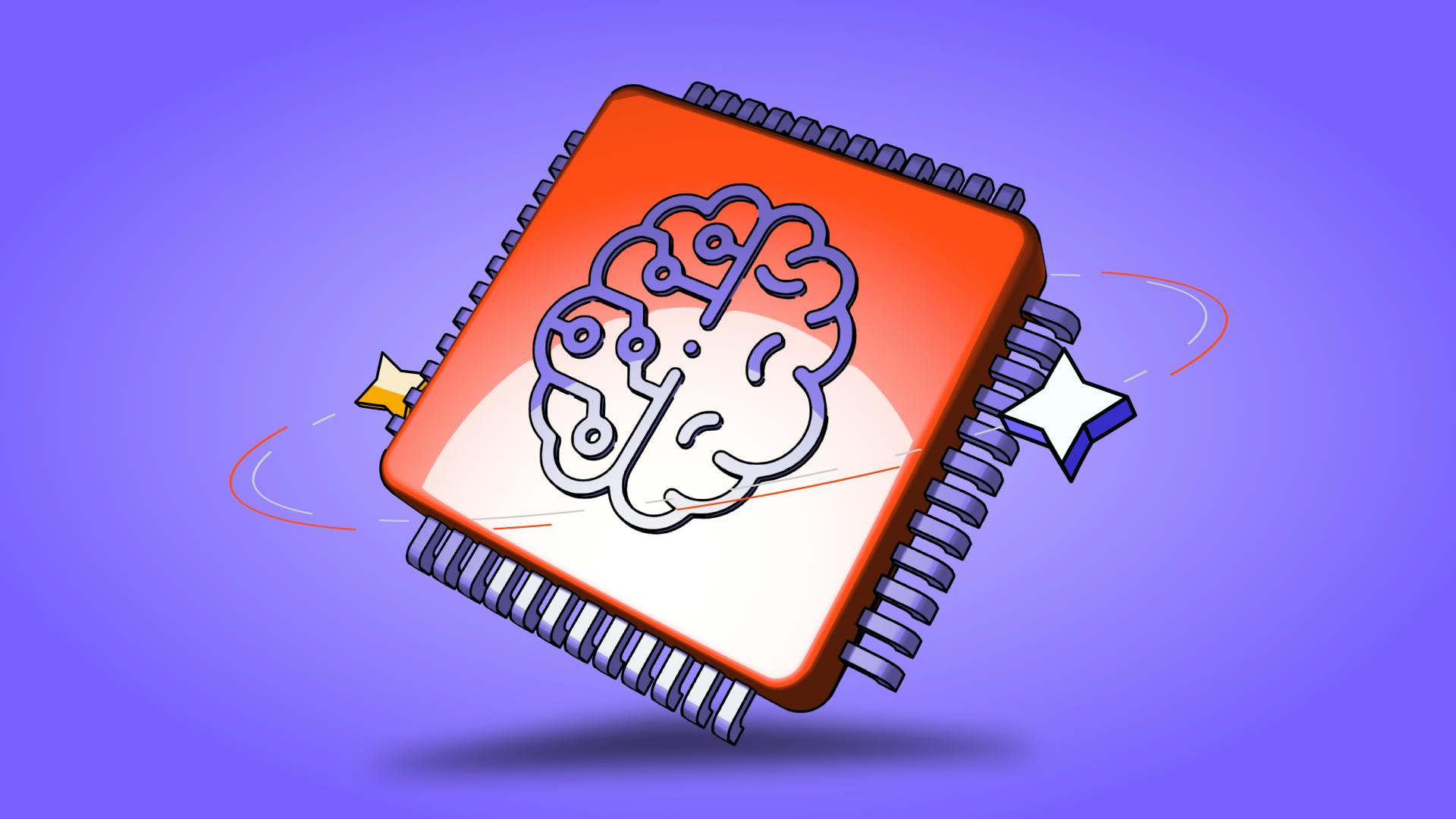Best Indicators for Day Trading – Which to Choose?
19 de abril de 2023

by Kamil S
19 de abril de 2023
It’s time to dive into trading indicators! Day trading is picking up pace. We just witnessed the third Bitcoin halvening and the market is in full swing. Day trading is a fast paced method that requires a lot of your attention. Yet, there are some shortcuts that will help you day trade with confidence. We are here to help you pick out the best indicators for day trading.
Let’s rewind a bit. Trading means buying and selling assets with the aim of making a profit. Trading cryptocurrencies refers to buying and selling digital assets. All in all, the entire practice of trading aims at returning a profit.
So, you are probably wondering – when does trading become day trading? This depends on time. Namely, the time that a trader holds an asset. Day trading is very fast paced. So, within this trading discipline, traders hold assets for less than one day. For instance, this could be anything from a few seconds to a few hours. It qualifies as long as the asset trades within the same day. Hence, having the name day trading cryptocurrency.
If you would like to know more about day trading cryptocurrency, check out our guide!
Day trading is a skill. As with any skill, it takes some time to become good at it. And that is why traders need numerical indicators to help them out. Trading indicators help traders figure out the price direction of an asset. So, you can think of trading indicators as calculations. They signal the events that are bound to happen in the trading market.
Many trading practices use indicators. For today, we are focusing on the best indicators for day trading. Are you more interested in swing trading? Then check out our guide on the Best Indicators for Swing Trading in 2020.
Moving Averages are one of the best known types of indicators. They also made it to our trading indicators list. Our first pick is the MACD – Moving Average Convergence Divergence. The author of this indicator is Gerald Appel. MACD shows the difference between two shifting averages.
This indicator measures the difference between the current MACD and the EMA. But, what is the EMA? It is the Exponential Moving Average of the asset. The formula allows you to draw out trend lines. Thus identifying when and where new trends will happen. In conclusion, the formula is very useful in measuring the strength of an asset’s price movements. Hence, it is crucial in day trading. Due to its fast paced nature, day trading requires alertness. MACD helps you identify and prepare for profit opportunities. This is why the MACD is one of the best trading indicators.
Fancy name, right? It refers to Leonardo Bonacci – a mathematician in the 11th century. His nickname was Fibonacci and created the “Fibonacci Sequence”. AKA, this:
0, 1, 1, 2, 3, 5, 8, 13, 21, 34, 55, 89, 144, 233, 377, 610, 987, 1597, 2584…
Did you figure out the logic of the sequence? Yup, every number derives from the sum of the preceding two numbers. In addition, each number in the sequence is roughly 1.618 times greater than the number before it. This is the “golden ratio”. The inverse of the golden ratio is 0.618, or 61.8 percent. and this creates the 62/38 pattern. So, when given two choices, a group of people will decide between them in a 62/38 percent pattern.
Now, how will this help you find the best indicator for day trading? Well, the Fibonacci retracement means taking two extremes (such as peak and trough) and dividing the vertical distance by the key Fibonacci ratios. These are 23.6%, 38.2%, 50%, 61.8% and 100%. So, traders can detect support and resistance levels that are important in day trading.
Bollinger Bands help visualize overbought or oversold conditions. This indicator traces back to John Bollinger. He stated that periods of low volatility are often followed by periods of high volatility. This led to the creation of the Bollinger Bands in the 1980.
Bollinger Bands are curves drawn in and around the price structure. They are defined by a set of lines – the moving average (a middle band), an upper band and a lower band. The lines help you identify whether the price of an asset is relatively high or low. But how to spot this? Well, the price is relatively high if it is near the upper band. On the other hand, the price is relatively low if it’s nearer to the lower band.
Now that you know all about the best indicators for day trading, it’s time for some practice! Start improving your trading skills by heading over to the CoinMetro crypto exchange! In case you have any questions, our support team is here to help 24/7.
Etiquetas
Artículos relacionados

Ticketing NFT: Revolucionando la Gestión de Eventos y las Experiencias de los Fans
¿Sabías que aproximadamente el 12% de las entradas para eventos son falsificadas, lo que lleva a millones en pérdida de ingresos y fans decepcionados…
10m

4 Proyectos de IA Descentralizada a Observar en 2024
La intersección de la IA y el blockchain abre puertas a nuevas posibilidades, fomentando un enfoque colaborativo y más transparente hacia los…
12m

¿Qué son los ataques de envenenamiento de direcciones?
Los ataques de envenenamiento de direcciones son una estafa de criptomonedas en la que los atacantes crean direcciones de monederos falsas que imitan…
6m

El Auge de Social-Fi: Combinando las Redes Sociales con las Finanzas Descentralizadas
En los últimos años, las líneas entre las redes sociales y las finanzas han comenzado a difuminarse, dando lugar a un concepto innovador conocido…
9m